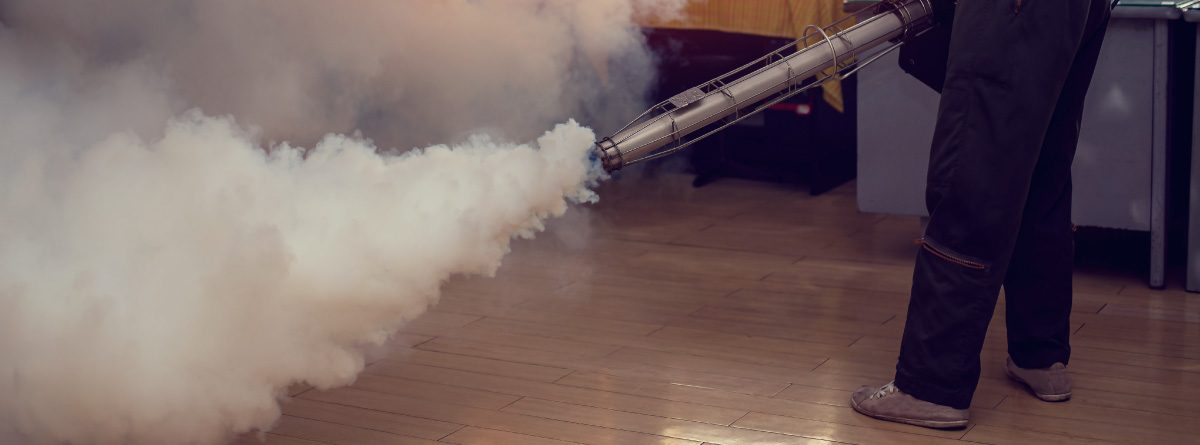Understanding the Basics of Pest Fumigation

Pest infestations are a common problem that many home and business owners face. Whether termites gnawing at your wooden structures, cockroaches hiding in your kitchen cabinets, or bed bugs making your nights unbearable, pests can wreak havoc! Luckily, we have one of the most effective solutions at our disposal – fumigation!
What is it?
Fumigation is a pest control method that involves filling an area with gaseous pesticides or fumigants to suffocate and poison the pests within. It’s a comprehensive method used to treat severe infestations and is effective against all stages of a pest’s life cycle, from eggs and larvae to adults. When it comes to pest control, fumigation is often considered one of the most effective methods.
How does it work?
The process begins by sealing off the affected area, often with large tarps or tents, to prevent the escape of fumigants. Then, the fumigants are released into the space. These gases penetrate into cracks, crevices, and pores in the wood where pests may be hiding. The pests inhale the fumigant, which affects their nervous system and eventually leads to their death.
Fumigation usually lasts between 24 to 72 hours, depending on the type of fumigant used and the severity of the infestation. After this period, the area is ventilated so that the poisonous gases can escape before humans and pets are allowed back in.
The Advantages of Fumigation
Effectiveness
Fumigation has the unique ability to reach ‘hard to reach’ areas where pests may be hiding. It permeates a room and eliminates pests everywhere—floors, walls, ceilings, dark places, crevices, cracks, and more.
Efficiency
Once the fumigants are released, they move quickly through all areas of the structure, offering a zero insect survival rate. For businesses, especially in the food processing industry, fumigations can help reduce food safety risks by preventing pest contamination and damage.
Precautions To Take During Fumigation
While fumigation is an effective pest control method, it also presents certain risks due to the toxic nature of the fumigants. Therefore, it is essential to take precautions during the process. Before fumigation, all plants, pets, and humans must be removed from the area, and food and medication should be properly sealed or removed to avoid contamination.
After fumigation, the pest control professional must give the all-clear signal before re-entering your home or business. This ensures that all the fumigants have dissipated. Once back inside, all surfaces must be cleaned, and the space must be aired out to remove residual gases.
The Importance of Hiring Professionals
Pest fumigation is a powerful weapon in the battle against pests. While it’s a more extreme pest control measure, it is often the most effective one, particularly for severe infestations. Given the risks involved, trained professionals should always carry out this pest control method. They have the necessary equipment, knowledge, and experience to ensure the process is done safely and effectively.
